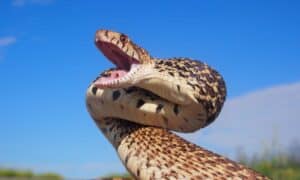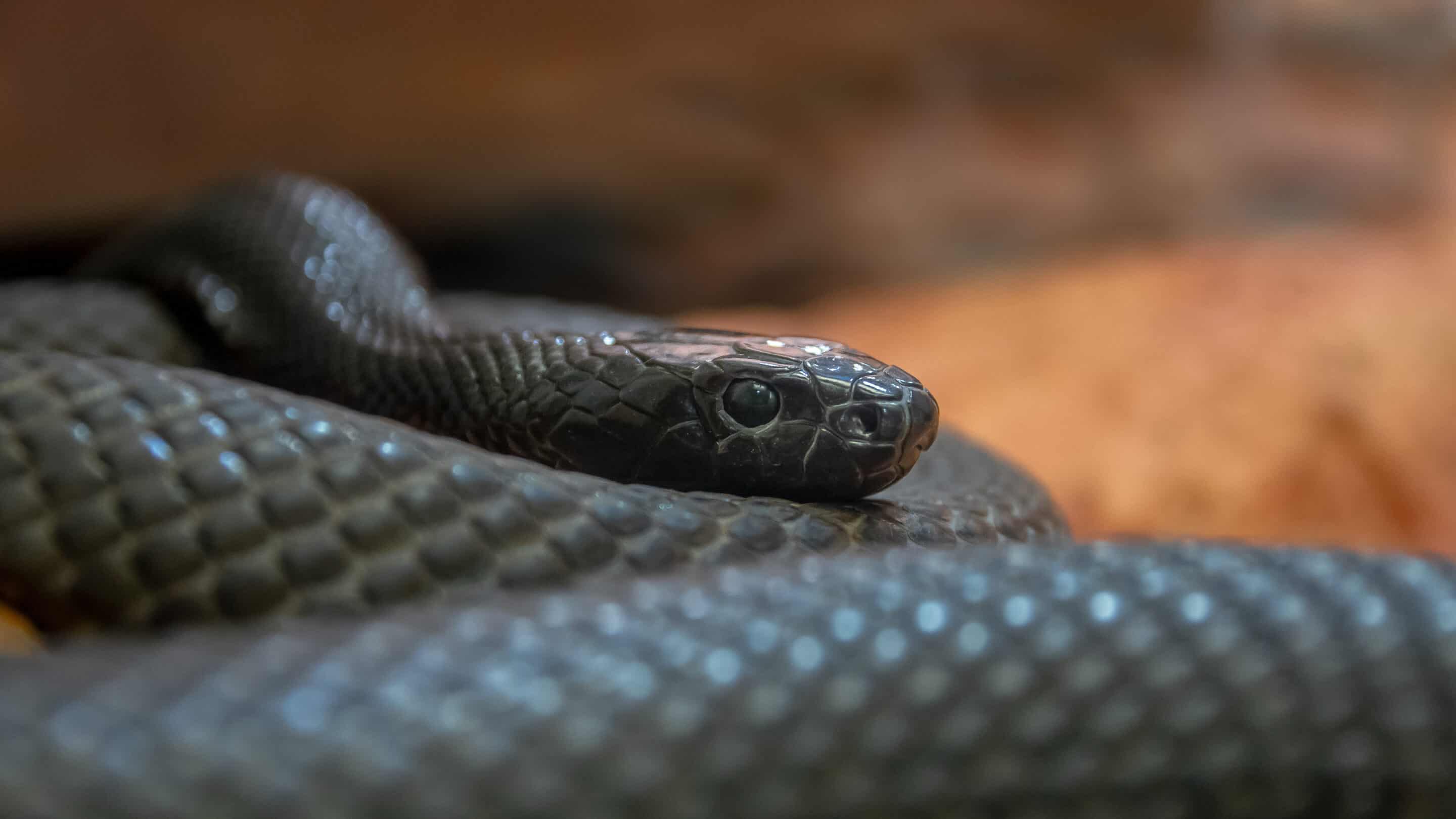Introduction
When it pertains to the remarkable world of serpents, couple of species catch the creative imagination quite like the child tiger serpent. Recognized for their distinct pigmentation and powerful venom, these serpents are an important part of Australia's unique ecosystem. In this comprehensive post, we will certainly look into various facets of child tiger serpents, including their behavior, habitat, and Visit this website just how to safely interact with them. Whether you're a wild animals enthusiast or simply curious regarding these animals, comprehending infant tiger snakes can aid promote a much deeper gratitude for nature.
Baby Tiger Snakes: What You Need to Learn About Their Behavior and Habitat
What Are Baby Tiger Snakes?
Baby tiger snakes are juvenile kinds of the very venomous species understood clinically as Notechis scutatus These serpents are mostly discovered in seaside regions of Australia, especially in Tasmania and southern Victoria. As they expand, their coloration adjustments from a more soft scheme to the particular yellow and black bands that give them their name.
One notable aspect of child tiger snakes is their size; hatchlings commonly gauge around 25-30 centimeters in length. Despite their small stature, they possess a surprising amount of venom that can be destructive to people if bitten.
Physical Characteristics
Tiger serpents possess several crucial physical traits:
- Coloration: The distinctive banding pattern commonly ends up being more obvious as they mature. Size: Grownups can get to sizes of as much as 2 meters. Body Shape: They have a robust body that helps in swimming and earthbound movement.
Where Do Infant Tiger Snakes Live? Understanding Their Habitat
Understanding the environment preferences of child tiger snakes is important for both preservation efforts and public safety and security. These serpents grow in different settings:
- Wetlands: Marshes and swamps give ample searching grounds. Coastal Regions: Usually discovered near beaches where they can hunt for prey. Woodlands: Dense vegetation provides cover from predators.
Geographical Distribution
Tiger snakes are predominantly located along Australia's southern shoreline, consisting of:
- Tasmania: Home to one of one of the most infamous populations. Victoria: Especially in locations near water bodies.
Are Tiger Snakes Venomous? A Deep Dive into Their Venom
One usual inquiry arises when reviewing child tiger serpents: "Are tiger serpents venomous?" The solution is a resounding yes!
Venom Composition
The venom of tiger serpents consists of neurotoxins that can trigger paralysis, coagulopathy (blood clotting concerns), and possibly fatality if untreated. Right here's what you require to understand:
- Effects on Humans: A bite from a tiger serpent can cause symptoms like swelling, discomfort at the bite website, nausea or vomiting, and even respiratory failure.
Comparison with Other Venomous Snakes
In comparison to various other Australian snakes such as the eastern brown snake or king brownish serpent, tiger snake venom is considered among one of the most potent. Nevertheless, casualties are unusual because of enhanced medical therapies and accessibility to antivenom.
Behavioral Patterns of Infant Tiger Snakes
Understanding just how baby tiger snakes act is vital for those who stay in or see locations where these reptiles are prevalent.
Nocturnal Habits
Most infant tiger serpents exhibit nighttime actions. They often tend to forage for food throughout cooler night temperatures. This adaptability aids them stay clear of killers while improving their searching efficiency.
Hunting Techniques
Their searching strategies consist of:
- Ambush Predation: Waiting stationary until target comes close. Active Foraging: Actively moving via vegetation or along rivers searching for food.
First Aid for Serpent Bites: What You Need to Know
Despite Bite Location being remarkable animals, encounters with baby tiger snakes can result in unsafe circumstances if bites occur. Recognizing emergency treatment treatments can conserve lives.


Immediate Tips After a Bite
Remain calmness; panic increases heart rate. Immobilize the influenced limb utilizing a splint or bandage. Seek immediate clinical focus-- antivenom might be necessary.Creating a Serpent Bite Emergency Treatment Kit
A well-prepared emergency treatment package ought to consist of:
|Product|Objective|| ------------------------------|--------------------------------------|| Compression bandage|To immobilize the limb|| Splint|Supports broken bones or joints|| Antihistamines|Eases allergic reactions|| Emergency situation get in touch with numbers|Quick access throughout emergency situations|
Common Misconceptions Concerning Tiger Snakes Debunked
Many myths surround these interesting reptiles; let's clear up some misconceptions commonly held by people.
Myth # 1: All Tiger Snakes Are Aggressive
While some people may display defensive habits when threatened, not all tiger snakes screen hostility towards human beings unless provoked.
Myth # 2: Child Tiger Snakes Are Much Less Dangerous Than Adults
This misconception could not be even more from the truth! Child tiger snakes include virtually as much venom as adults relative to their size; therefore they pose significant risks if bitten.
FAQs Concerning Child Tiger Snakes
What do child tiger snakes eat?- They primarily consume small mammals, birds, frogs, and fish.
- Look for slender bodies with pale banding patterns that come to be much more pronounced as they mature.
- Yes! Birds of target and bigger reptiles may target them.
- Typically every few weeks as they proliferate throughout their very early life stages.
- While some individuals do maintain them unlawfully without licenses due to their unsafe nature; it's usually not advised given their venomous status.
- With punctual medical therapy-- including antivenom-- the survival rate is high!
Conclusion
In summary, recognizing infant tiger snakes-- what they eat, where they live, how they behave-- can furnish us with valuable expertise about these remarkable yet dangerous creatures. The significance of education bordering emergency treatment actions can not be overemphasized; knowing exactly how to react successfully after a bite might conserve lives while cultivating respect for our crawling next-door neighbors within Australia's abundant biodiversity range.
By valuing these snakes' functions within ecosystems-- and recognizing potential hazards-- we promote conjunction instead of fear-based reactions toward one another's presence in nature's grand tapestry! Whether you're an enthusiastic walker considering your next adventure or simply curious concerning neighborhood wildlife encounters near home-- this overview functions as your trusted recommendation point on the enigmatic world occupied by our close friends-- the amazing baby tiger snake!
